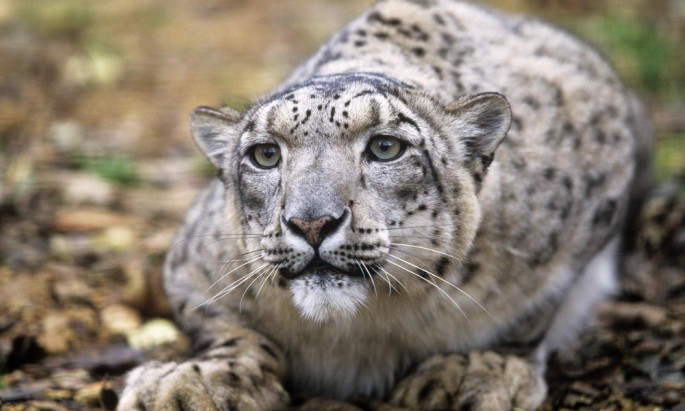A new study reveals how melting ice and warming temperatures are threatening the habitat of snow leopards in addition to human activities such as illegal hunting, that can force the big cat species into extinction.
To date, population numbers of the elusive snow leopard have now dwindled down to 4,000 found in their only home found in the highest mountain ranges of Central Asia, according to the World Wildlife Fund.
The report reveals that unless climate change effects are curbed, more than one third of their habitat could disappear as warming temperatures are pushing forest lines higher than ever before as farmlands move further up the mountains for crops and livestock.
According to Rishi Kumar Sharma who is the head of WWF's global initiative regarding snow leopard conservation efforts, urgent action should already be carried out to curb the dangerous effects of climate change by preventing the degradation of the snow leopard habitat in which the "ghost of the mountains" could vanish.
According to Sami Tornikoski who is the head of another project that aims to protect the natural diversity of the Himalayas, climate change is only part of the many problems in which the world's highest snow peaks face today.
The fund also reveals that apart from climate change, poaching and community conflict are also major causes why one fifth of the snow leopard population vanished in the last 16 years, leading to worsening habitat loss. These threats can push the species to the brink of extinction, says the study.
Tornikoski also adds how countries such as India, Nepal and Bhutan have already showed that it's possible for iconic species to rebound and come back such as tigers and rhinos. Governments, conservationists and environmental groups and agencies can also achieve similar success with snow leopards, for the species to thrive once more.
Apart from snow leopards, WWF also says that receding ice can affect more than 330 million people living in rivers near the snow leopard region.
To combat this, the groups will continue to fund more crucial research that includes more camera traps and collars for satellite monitoring, to understand and gain more insight about the big cat species. To date, only 14 percent of the snow leopard habitat has been covered by research or conservation efforts according to this new study.



























